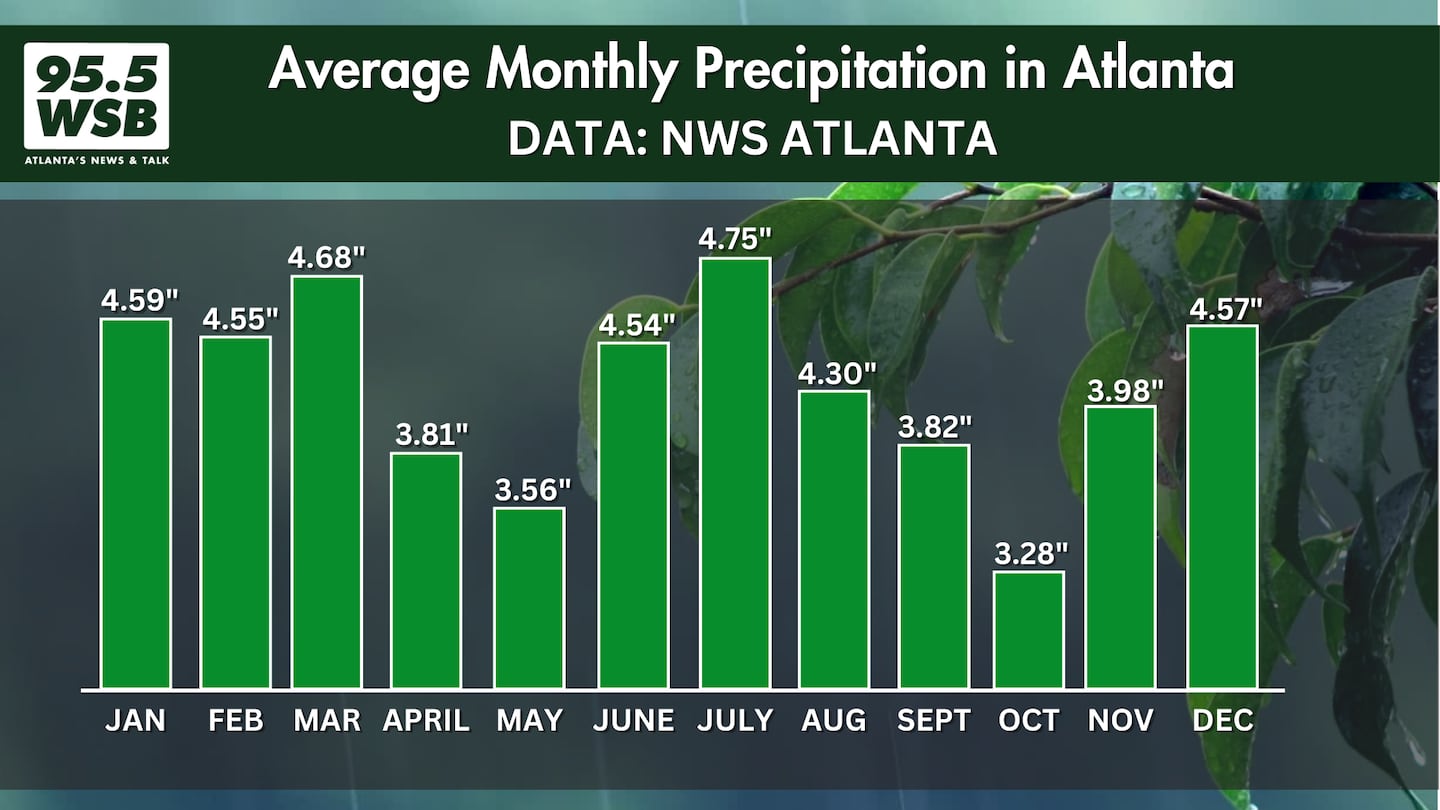Everyone enjoys a green lawn, but did you know that different species of grass grow here in Metro Atlanta?
I talked with UGA Professor and Turfgrass Specialist Clint Waltz about what is growing in our lawns, and how to care for warm season grasses given the highly variable conditions we experience during the summer.
According to Waltz, “Bermuda and zoysia are two of the most popular grasses in Metro Atlanta, and they are warm season grasses, so their most active growth is during the warm times of the year. They go into a state of rest, or dormancy after the first frost.”
“And you don’t have to mow it when it goes dormant.”
If you dread the thought of mowing during the hot summer months, there is good news -- Waltz says mowing once a week is fine.
Regarding the height, there is a lot of discourse for each species, so it’s good to know what is growing in your lawn.
“Depending on the grass species, an inch to inch and a half is fine. Tall fescue height is closer to 3 inches. Saint Augustine grass prefers to grow to 2 to 3 inches in height. This is why it is good to know what species of grass is in your lawn.”
If you are unsure as to which grass is growing, Waltz recommends contacting your Extension County Office.
What to Do After Heavy Downpours and Flooding Rains
Summer storms can unleash copious amounts of rain in a very short amount of time. Some storms can drop as much as 3-4 inches of rain in under an hour!
Waltz recommends exercising patience with your lawn after a heavy rain.
“Avoid mowing over flooded lawns, because soil is more prone to compaction whenever they are wet.”
What to Do During a Drought
After weeks of hot temperatures and little to no rainfall, your lawn may be looking more like straw than a lush, green carpet.
Waltz notes that an ounce of prevention can save a pound of frustration finding a cure.
“During a drought, prevent lawn damage by keeping proper mowing heights, and continue to fertilize the lawn.”
Mowing heights are important because they optimize the root depth of the grasses in your lawn.
“The greater the rooting depth, the more soil volume to pull water and nutrients out of. So if I have a greater depth to pull from, I can make it from one rainfall event to the next, and hopefully keep maintaining quality in our lawn, too,” Waltz says.
“But you have to do that before you get to the stress event of the drought. Once you get to the drought, it’s a matter of hopefully you have done all you can do.”
Talk Up a Storm With Me!
Facebook: Christina Edwards WSB
Instagram: ChristinaWSBwx
Twitter: @ChristinaWSBwx
TikTok: @ChristinaEdwards955WSB
©2024 Cox Media Group








